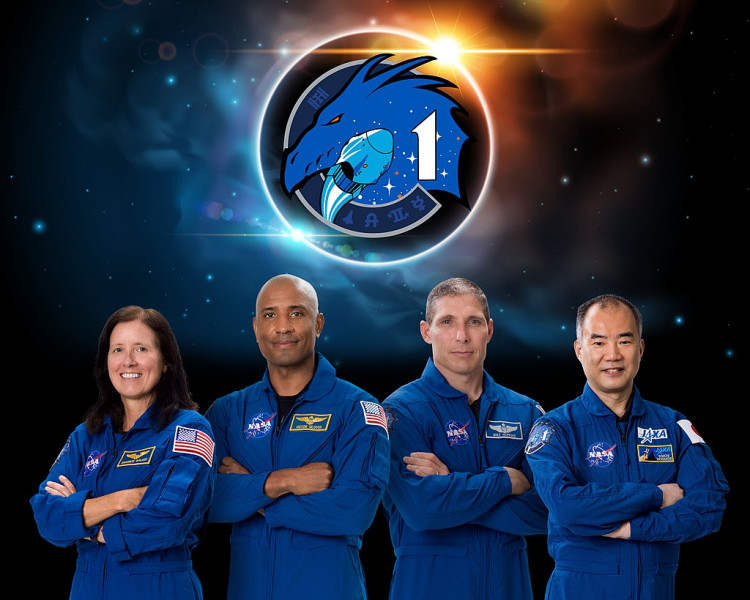NASA and SpaceX remain determined to get the historical Crew-1 launch off the ground from Florida on Saturday, amid a worldwide pandemic, a record hurricane season, and having to change out problematic rocket engines. The launch of four astronauts in a Crew Dragon capsule atop a Falcon 9 rocket to the International Space Station follows the success of the Demo-2 mission and its historic splashdown and will set a few key accomplishments in space flight.
Crew-1 is part of the NASA Commercial Crew program and has been in the works for years. For decades, with the aid of contractors, NASA has usually built its own rockets and satellites internally, but the Commercial Crew scheme functions much like chartering a flight. Companies such as SpaceX and Boeing have vehicles that are meant for other consumers to use, and NASA will hitch a ride on them.
It is also an enormous step to get spaceflight back to U.S. soil. NASA relied on the Russian Soyuz spacecraft to shuttle its astronauts to orbit from the end of the 2011 Space Shuttle program before the Demo-2 flight that carried two NASA astronauts to the ISS onboard a Crew Dragon earlier this year.
Demo-2 was considered a successful Crew Dragon demonstration and NASA is looking at Crew-1 as the first official U.S. shore crew rotation mission since the Shuttle's retirement.
NASA Crew Dragon Commander Michael Hopkins, Pilot Victor Glover, and Project Specialist Shannon Walker, along with Japan Aerospace Exploration Agency (JAXA) Mission Specialist Soichi Noguchi, will be on the groundbreaking trip to the space station.
Up until now, three passengers in the Soyouz spacecraft resulted in a crowded flight, but the Crew Dragon can hold up to seven (for comparison, the Space Shuttle flew crews up to eight), making the travel for these four spacefarers seem reasonably spacious.
Crew-1 participants embark on a six-month exploration mission, which is thrilling for those interested in the field of orbital and space science because four crew members make the journey open to more hands-on the spacecraft to perform more microgravity experiments.
But first, astronauts would have to get there, of course. The actual ISS journey takes approximately eight and a half hours from Saturday night's launch to early Sunday morning's docking with the station.
NASA and SpaceX will stream the launch, currently set for 4:49 p.m. PT on Saturday, Nov. 14, from Launch Complex 39A at the Kennedy Space Center. NASA TV will broadcast the launch and the docking Sunday.




